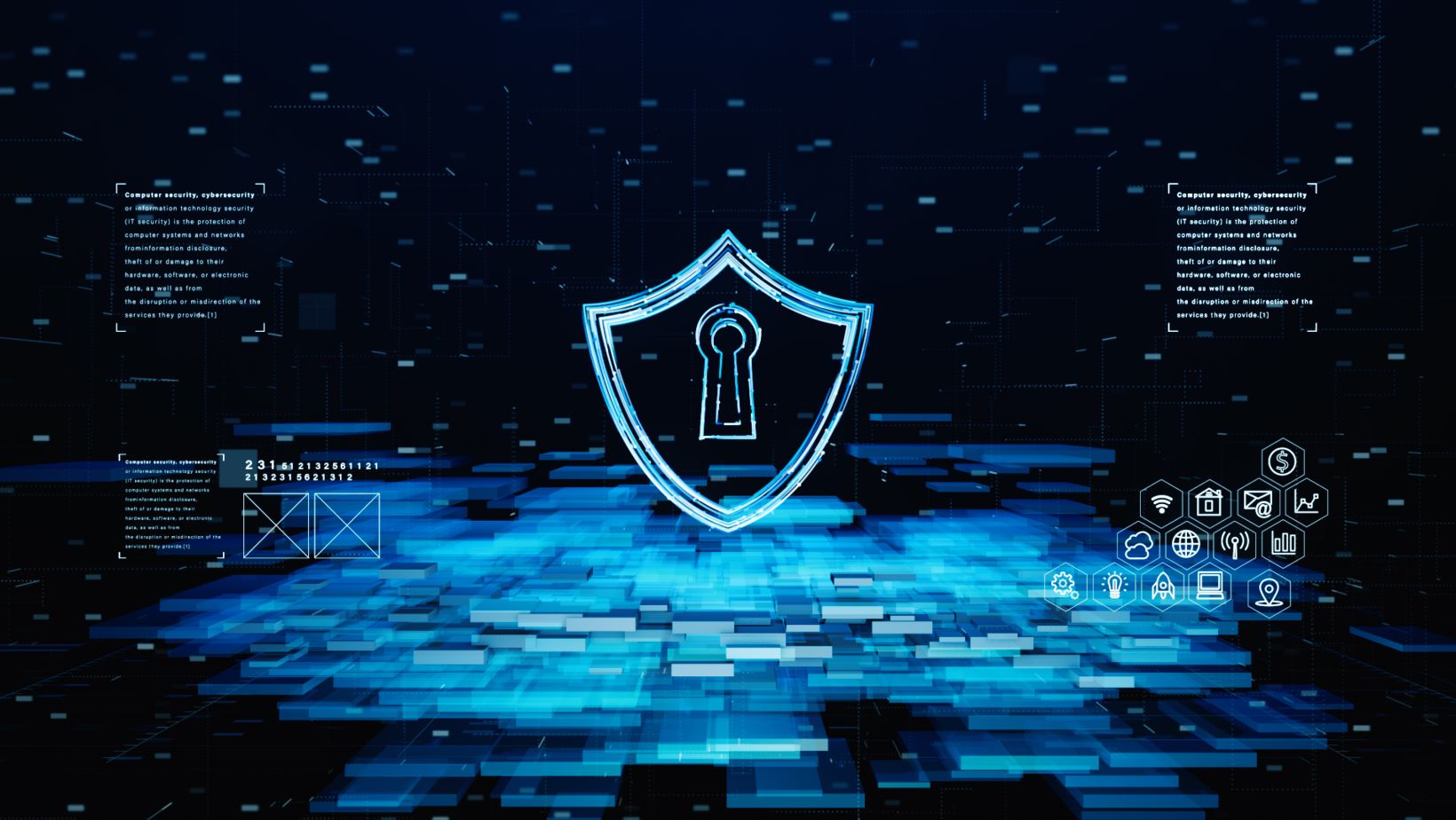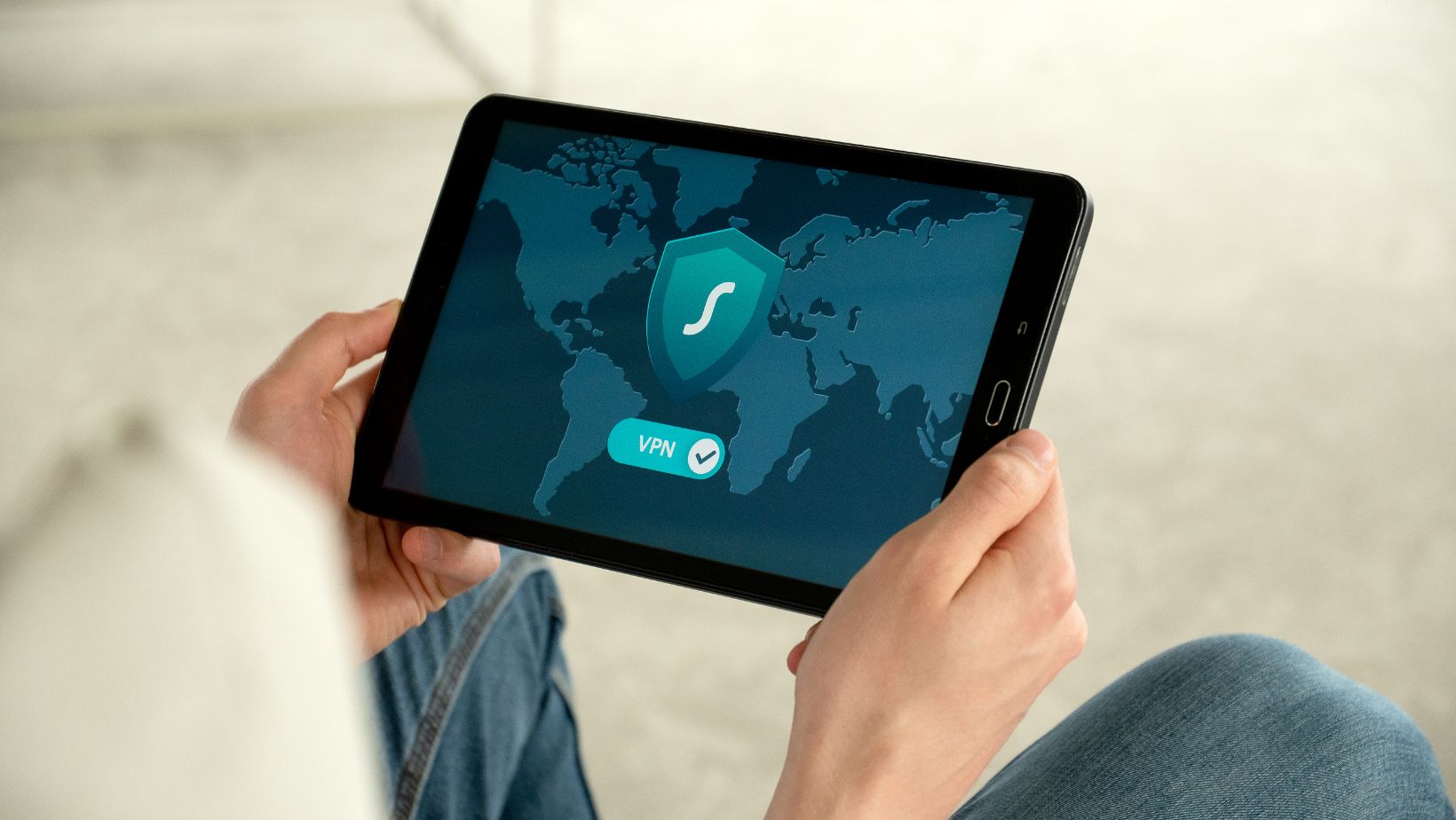
Every business is a target for online threats. Hackers can steal data, break into accounts, or damage your reputation. It’s important to use the right tools to keep your company safe on the internet.
You can make your company much safer by using security tools that are proven to protect your data, accounts, and network. These tools are made to spot problems fast and block attacks before they cause harm. You do not need to be an expert to use most of them.
This article will introduce you to six reliable tools that can help supercharge your company’s online security. Learning about these tools can help you pick the best options for your team’s needs.
Essential Security Tools for Online Protection
Modern companies face advanced cyber threats from many sources. Using effective security tools helps you prevent data loss, spot cyberattacks, and keep business operations safe.
Next-Generation Firewalls
Next-generation firewalls (NGFWs) control internet traffic entering or leaving your network. Unlike traditional firewalls, they do more than block or allow connections by port or address. NGFWs check for malicious code, block harmful websites, and inspect encrypted data.
You can manage user access, watch for unusual activity, and react to threats in real time. Features often include:
- Application awareness and control
- Deep packet inspection
- Built-in threat intelligence
NGFWs help protect against phishing, ransomware, and advanced malware. With auto-updates, your firewall stays current against new risks.
Endpoint Detection and Response Solutions
Endpoint detection and response (EDR) solutions watch over computers, smartphones, and servers in your company. EDR tools collect data to find and block suspicious actions. They go beyond simple antivirus programs.
EDR solutions can:
- Identify and stop unknown threats with behavior monitoring
- Isolate infected devices automatically
- Record and analyze endpoint activity for fast investigations
With detailed alerts and clear reports, you can respond quickly when problems appear. This limits damage and helps your team recover faster from attacks.
Digital Intelligence Tools
Digital intelligence tools gather, organize, and analyze information from many sources. They help you see patterns, spot risks, and make smart security decisions.
The best OSINT tools, for example, scan the web, dark web, and social media for leaked accounts or company data.
Key strengths of digital intelligence include:
- Early warning about data breaches
- Discovery of stolen company credentials
- Tracking mentions of your brand or employees
By using these tools, you can watch for threats outside your network. Fast action limits harm from leaked data or public attacks on your reputation.
Strengthening Access and Data Integrity
Protecting your company’s online resources starts with controlling who can get in and keeping your information safe from leaks. Strong systems help stop unwanted access and make sure sensitive data stays where it should.
Multi-Factor Authentication Platforms
Multi-factor authentication (MFA) adds another layer of defense by requiring users to provide two or more proofs of identity before logging in. Instead of relying only on passwords, MFA uses something you know (like a password), something you have (like a phone or token), or something you are (like a fingerprint).

Using MFA, you make it much harder for hackers to break into accounts even if they have a user’s password. Many popular MFA tools work with smartphones, sending a code or using an app to approve logins. Some can also use physical keys or biometric scans.
Key Benefits:
- Reduces risk from stolen or weak passwords
- Works across mobile and desktop systems
- Helps meet compliance needs for industries like finance and healthcare
It is important to train your team to use MFA correctly and keep backup codes in a safe place.
Data Loss Prevention Systems
Data Loss Prevention (DLP) systems watch and control how sensitive information moves inside and outside your company. With DLP, you can set rules to block or alert when things like customer data or trade secrets are sent somewhere they shouldn’t go.
DLP tools scan emails, files, and network traffic for keywords and sensitive data such as credit card numbers. They can block risky actions or require manager approval before information leaves your network.
Common DLP Features:
- Content scanning and encryption
- Blocking or warning on policy violations
- Detailed reporting for incidents
These systems also help you stay in line with data privacy laws and show you if someone tries to download or share private information in ways they shouldn’t.
Proactive Security Enhancement Tools
Active security measures help you spot and respond to threats early. Using the right tools, you can track suspicious behavior and find weaknesses before they become problems.
Security Information and Event Management (SIEM) Solutions
SIEM tools gather and analyze data from your entire network. They examine logs, security alerts, and other important system information. This helps you find signs of unauthorized activity, malware, or cyberattacks.
Main benefits:
- Continuous monitoring of systems
- Fast detection of unusual activity
- Helps meet compliance requirements
A SIEM solution acts as a central alert system. When something unusual happens, it can trigger instant notifications. You can respond quickly, knowing exactly where and when the event happened.
Popular SIEM tools include Splunk, IBM QRadar, and Microsoft Sentinel. Most of them offer dashboards for easy tracking and reporting. The main goal is to give you real-time insight into your security status.
Automated Vulnerability Scanners
Automated vulnerability scanners check your computers, networks, and applications for known security holes. They run regular scans to make sure your systems are up to date and not open to common attacks.
What these scanners do:
- Identify weak spots before attackers find them
- Check for missing security patches
- Suggest steps to fix problems

A good scanner provides clear reports, often with a scoring system to show which risks are most urgent. Some well-known tools are Nessus, OpenVAS, and Qualys. Using them regularly helps you reduce the risk of a data breach by spotting issues early.















